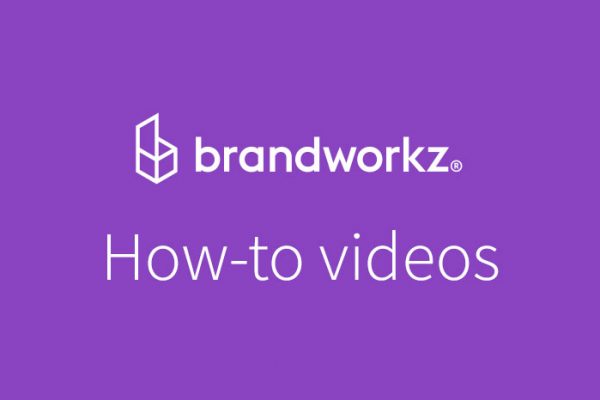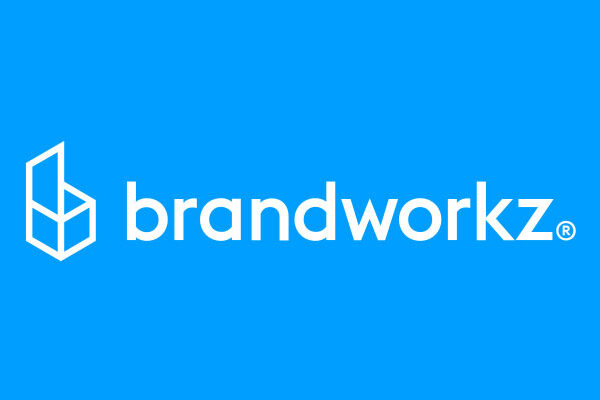It’s easy to get excited about software functionality when specifying and reviewing DAM software platforms. But how far are you considering the less-visible non-functional requirements when reviewing a DAM vendor?
Without a solid structure that can scale to meet requirements, a DAM system just won’t deliver the profound differences that we know digital asset management can make. Simple as that.
And yet it is surprising how many Request For Proposal (RFP) submissions concentrate heavily on function but display little or no curiosity about the fundamental structure of the platform a DAM vendor is offering, and its related hosting arrangements.
Of course, functionality is of enormous importance and interest, but if the client doesn’t ask the right structural questions, this lack of more far-reaching specification at the outset can result in serious problems over time.
If you are talking to a DAM vendor already, or your procurement team are writing a digital asset management RFP, here are the top five non-functional requirements you need to include to make sure you shortlist the vendors who can provide a fit-for-purpose platform that will truly work for you in the long term:
1. Does the User Interface (UI) use the vendor’s own Application Programming Interface (API) for all actions?
An API enables one piece of software to plug into another, so features and files can be accessed directly. If the API is separate from your digital asset management system, odds-on it’s a design afterthought. And that means it’s likely to hit the buffers when you try to integrate your DAM with third party systems – an ever more important requirement these days.
While integration may not seem a priority right now, sooner or later you’ll want to link with your web content management system, your e-commerce platform or marketing automation system. If the vendor’s API is deployed for all interactions, you can be sure that full functionality will be accessible by any third party system. A separate API, however, is highly likely to be thin on functionality, thus harder and more costly to integrate.
2. Is the API accessible through a modern web-standard?
Make sure your DAM vendor’s API adheres to standard best practice in the design and development of web applications. If the software you want to integrate with your DAM system is not built using the same technologies, you’ve got problems. Compatibility is essential if your DAM system is to be accessible by other cloud-based systems such as your CMS, email marketing platform or marketing automation software.
3. Does the hosting and application infrastructure allow auto-scaling?
Consideration of auto-scaling – and how it is achieved – is often overlooked when formulating an RFP. Of course, your DAM system’s traffic and usage will expand and contract from day to day. A thousand high-res images uploaded one day and 100 HD videos the next; and the day after you may be sharing a press release that generates 10,000 rapid-fire downloads. These peaks and troughs demonstrate why you should only be talking to vendors who offer auto-scaling that automatically brings more servers online as soon as the platform gets too busy to deal with spikes in activity.
Your DAM platform will require auto-scaling for three particularly critical tasks:
- Web-serving headroom whenever the number of users accessing the system peaks
- Image-transcoding to handle large batch image uploads
- Video-transcoding to deal with a large number of video uploads
Some vendors seek to address the high traffic scenario by providing a large bank of available spare hardware that only comes into play during peak events. But that’s surely cumbersome and uneconomic and may not be enough anyway – the height of any spike in traffic is always going to be hard to predict.
4. Is Content Delivery Network (CDN) capability part of the core package?
Most RFPs address the issue of speed – but fail to raise the crucial issue of the infrastructure needed to expedite rapid search and asset downloads. At the same time, there’s no doubt that provision of fast access to all users, regardless of location, is a defining element in the success or failure of a DAM system.
And delivery of speed is what integrated CDN capability is all about – routing assets automatically to the server located nearest to where the download request is being made. That facilitates faster download speeds for all users all around the world.
5. How well does the application scale to grow with your needs?
You may not have that many users or a great volume of assets at present, but with the success your business seeks, you may well have many more users and assets in the future. So do, do, do make sure that the DAM vendor’s platform has the agility to grow with you!
You need to know:
- Is the search function fast even with tens of thousands of assets in the system?
- Does the UI remain responsive when there are hundreds of simultaneous users?
- Is download just as quick for end-users when there are hundreds of simultaneous users?
- Are UI and download speeds satisfactory for end-users in distant countries?
- Is there documentary evidence to show how the system would cope in these situations?
That’s your High Five!
In conclusion, we repeat: while it may be great to have all the functionality in the world, without a solid structure that can scale to meet your requirements, a DAM system just won’t deliver the profound differences that we know digital asset management can make.
Just remember to ask the right questions in your RFP.


